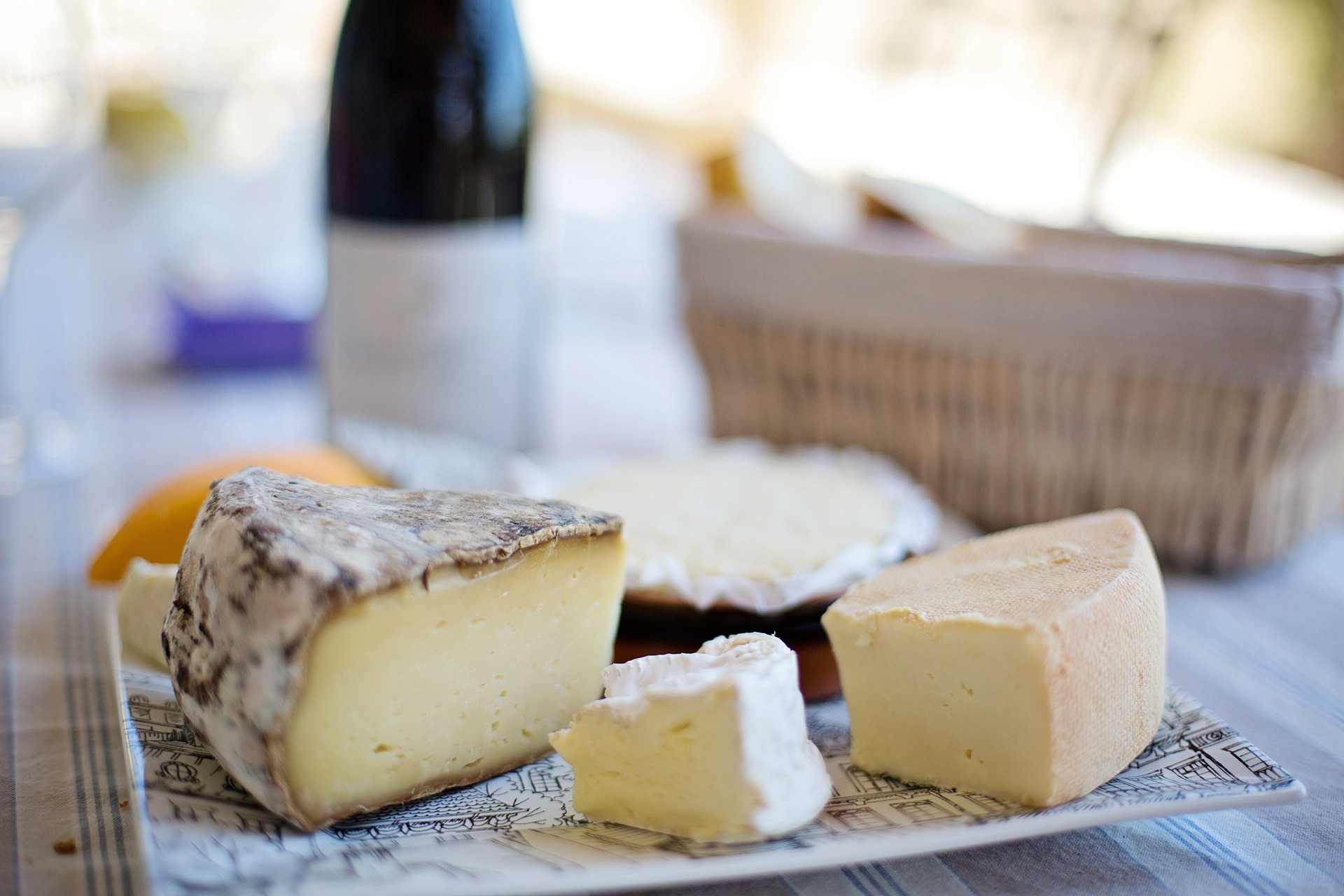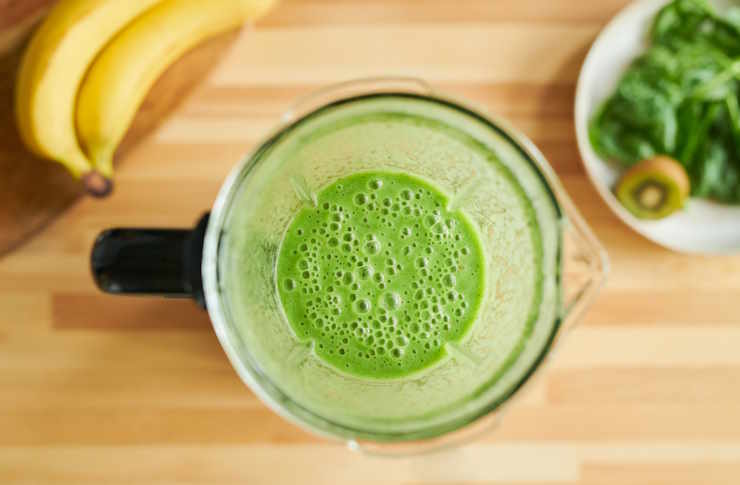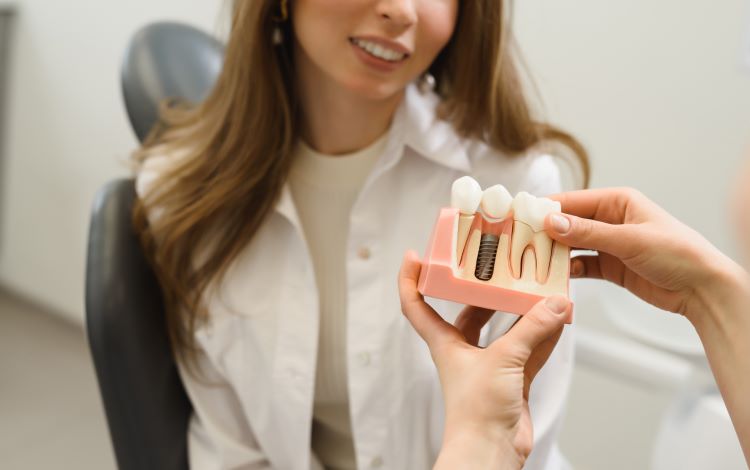The Fascinating World of Wine and Cheese Pairings
If you've ever been intrigued by the classic combination of wine and cheese, this article is for you. We delve into the art of pairing these two delicacies, demystifying the science behind it and offering tips to enhance your culinary experience. Read below to discover more about this fascinating topic.

An Age-old Tradition, a Modern Science
Wine and cheese have been enjoyed together for centuries, and modern science has shed light on why this pairing works so well. The tannins in wine, which can be astringent and bitter, are softened by the fat content in cheese. Additionally, the flavors in both wine and cheese are enhanced when consumed together. The complexity and variety in both wine and cheese make the pairing an endless exploration of taste and texture.
Understanding the Basics of Pairing
There are a few fundamental rules when it comes to wine and cheese pairing. Generally, lighter wines pair well with softer cheeses, while bolder wines match with stronger cheeses. A wine’s acidity should balance a cheese’s creaminess, and the flavors in both should complement each other. However, these rules aren’t hard and fast, and experimentation is always encouraged.
Exploring Regional Pairings
The concept of “what grows together, goes together” often applies to wine and cheese pairings. For instance, a French Brie pairs beautifully with a light-bodied Chardonnay from the same region. Similarly, a sharp Cheddar from England would be well-matched with a robust English ale. Exploring regional pairings can be an exciting way to discover new flavor combinations.
The Role of Texture and Age
Texture and age play significant roles in wine and cheese pairings. The texture of a cheese can impact how it interacts with the wine, and the age of both the wine and cheese can affect their intensity and depth of flavor. For instance, a young, fresh cheese might pair well with a vibrant, fruity wine, whereas an aged, hard cheese might require a more full-bodied, mature wine.
Experimenting with Your Pairings
While guidelines can be helpful, the best way to find your favorite wine and cheese pairings is to experiment. Try different combinations and take note of what works for you. Remember, the goal is to enhance your enjoyment of both the wine and cheese, so trust your palate and don’t be afraid to break the rules.
Useful Tips and Facts:
- The serving temperature can affect the taste of both wine and cheese. Cheese should be served at room temperature, and the ideal temperature for wine depends on its type.
- When tasting, try the cheese first, then the wine. This allows you to appreciate the full flavor profile of both.
- As a general rule, white wines tend to pair better with cheese than reds due to their higher acidity and lower tannins.
In conclusion, the art of wine and cheese pairing is a fascinating topic that combines centuries-old tradition with modern science. By understanding the basics and experimenting with different combinations, you can enhance your culinary experiences and discover new favorite pairings. So why not pick up a bottle of wine and a selection of cheeses on your next grocery trip and start your own exploration of this delightful duo?






